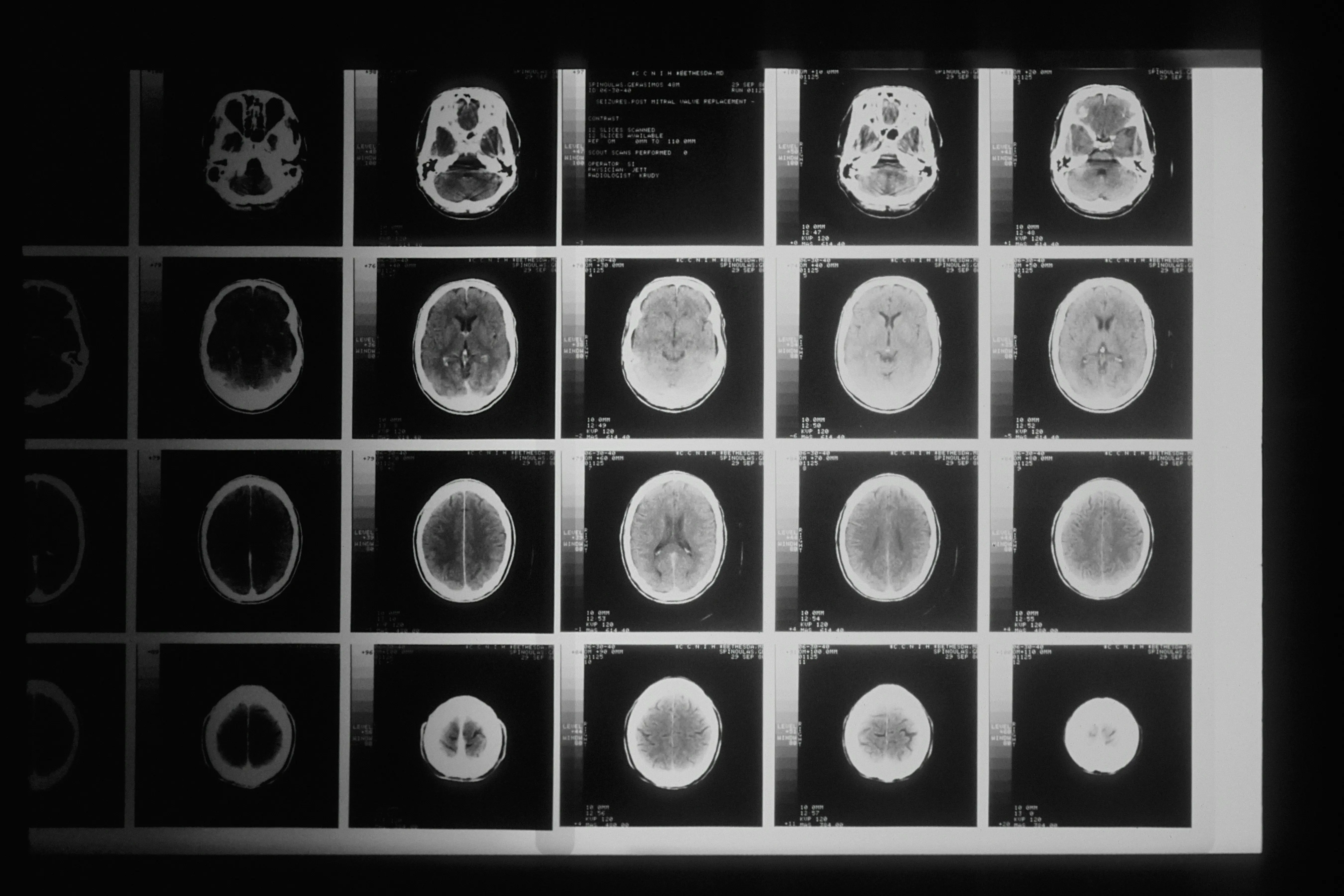Unveiling Tumor Growth: A Breakthrough Tool Maps Cancer's Past

In a groundbreaking development, scientists at the Massachusetts Institute of Technology (MIT) have engineered a sophisticated tool that promises to revolutionize our understanding of cancer growth. This innovative technology allows researchers to trace the detailed history of tumor development, potentially transforming how we diagnose and treat this complex disease.
The study, recently published by the MIT team, introduces a method that maps cells over both time and space, providing a comprehensive historical record of a tumor's growth. This is akin to reading a detailed diary of the cancer’s past, revealing not just where the cells are now, but where they have been and how they have evolved over time.
“This tool offers a new lens through which we can examine tumors, giving us unprecedented insights into their development,” explains lead researcher Dr. Emily Chang. By utilizing this method, scientists can track genetic mutations and cell lineage, understanding how different parts of the tumor have evolved. This is crucial for identifying which cells are driving growth and which might be more susceptible to treatment.
The tool employs a combination of cutting-edge techniques, integrating genetic sequencing with spatial mapping. This allows for a detailed reconstruction of the tumor’s growth pattern, providing a powerful way to visualize how cancer cells spread and proliferate. It's a bit like having a time-lapse video of a tumor’s life story, offering clear insights into its progression.
What sets this tool apart is its ability to provide a spatial map that is both temporally and genetically informed. This means that researchers can not only see where the tumor has traveled within the body but also how its genetic makeup has shifted over time. Such information is vital for developing targeted therapies aimed at intercepting the most aggressive cancer cells before they can wreak further havoc.
Dr. Chang notes, “With this tool, we are not just observing tumors; we are deciphering their history. This could pave the way for more personalized cancer treatments, where therapy is tailored to the unique evolutionary path of a patient’s tumor.”
The implications of this research are profound, offering hope for more effective interventions that could one day lead to better outcomes for cancer patients worldwide. As we continue to unravel the complexities of cancer, tools like this one from MIT are essential, providing a clearer picture of a disease that has long perplexed scientists and clinicians alike.